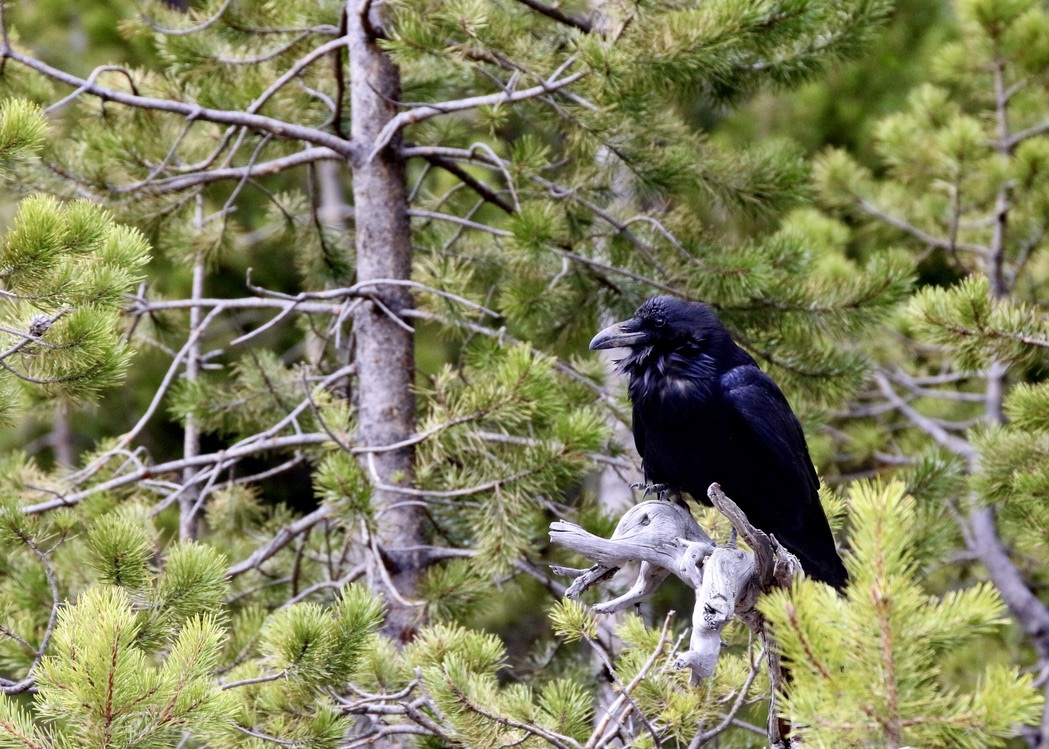Introduction:
My fascination with Corvidae began in an unlikely place – a junkyard owned by Ingrid, a family friend with a penchant for the extraordinary. Among her treasures was a rescued crow, a talking bird whose intelligence and curiosity captivated me. If the crow wasn’t intriguing enough, Ingrid’s world was filled with other wonders: a python so large it eventually outgrew her care, an eclectic collection of antiques, and a mid-1900s police car she was restoring. Her passing left behind memories as vivid as the assortment of curiosities she cherished.
This crow, along with my later discovery of Edgar Allan Poe’s “The Raven,” deepened my intrigue with these mysterious birds. Even before I knew the term Corvidae or understood their family connections, I was mesmerized by the sight of blue jays diving from trees, the striking appearance of my first stellar jay, and the enigmatic ravens in national parks. These experiences, rich and varied, have woven together to fuel my fascination with this remarkable family of birds, encompassing not only crows and ravens but also magpies and various jays.
Modern and Historical Portrayals of Corvids:
In contemporary media, crows and ravens often appear as eerie symbols or mystical familiars, accentuating their mysterious nature. For instance, in the popular series “Umbrella Academy,” the character Fei of the Sparrow Academy possesses the unique ability to control crows. Blind, she relies on these birds as extensions of her senses, using them to spy and gather information.
This modern depiction echoes the longstanding fascination humans have had with corvids. Delving into history, the oldest known painting of a raven dates back to the Lascaux caves in France, approximately 17,000 BC. In the annals of ancient civilizations, these birds held significant roles: they were revered in Egypt, Greece, and Scandinavia, symbolizing a range from wisdom to omens. Norse mythology particularly highlights their importance, where Odin’s ravens, Huginn and Muninn, represent thought and memory. Similarly, in various Native American cultures, including the Haida, crows and ravens are seen not just as tricksters but also as creators, woven into the very fabric of their folklore and stories.
Scientific Insights:
Our understanding of corvids has expanded dramatically since the 17th century, when the formal study of ornithology began to thrive. Those interested in delving deeper should explore the Corvids Literature Database, an extensive resource covering 500 years of ornithological research.
Recent scientific endeavors have illuminated the extraordinary intelligence of corvids, a trait long speculated in folklore. In notable experiments, researchers observed crows’ ability to recognize and remember human faces. When presented with masks previously associated with threatening behavior, the crows responded with aggression, demonstrating remarkable memory and social learning. Additionally, studies have revealed that crows conduct “funerals” for their deceased, which, rather than mourning rituals, are communal events to understand and communicate danger.
Personal Reflection:
Living in Colorado has introduced me to different members of the Corvidae family compared to my time in Maryland, where blue jays were a common sight. My first encounter with a magpie was a stark contrast to their portrayal as vengeful birds in Australian lore – a fascinating reminder of the diversity within the Corvidae family.
One of my greatest joys now is interacting with the stellar jays near my home. Their daring dives for peanuts outside my window never cease to amaze me. While the crows and magpies remain cautious observers for now, I hope that, with time, I might forge a bond with them, or at least entice them with some tasty snacks.
For those who find it challenging to distinguish between these birds, you’re not alone. My photography hobby has brought me closer to them, helping me appreciate the nuanced differences between species like crows and ravens.
Concluding Thoughts:
So, the next time you encounter a crow or its kin, remember – your interaction might be more memorable to them than you realize. Their world is one of rich social complexity and ingenuity, a true marvel of nature. Much like Ingrid’s crow, these birds are embodiments of intelligence and adaptability, holding a deep connection to our cultural heritage.
Additional Resources:
Check out the helpful graphic from birdandmoon.com illustrating the differences between crows and ravens. Also, take a look at some of my favorite photos of these incredible birds – can you spot the differences?


















